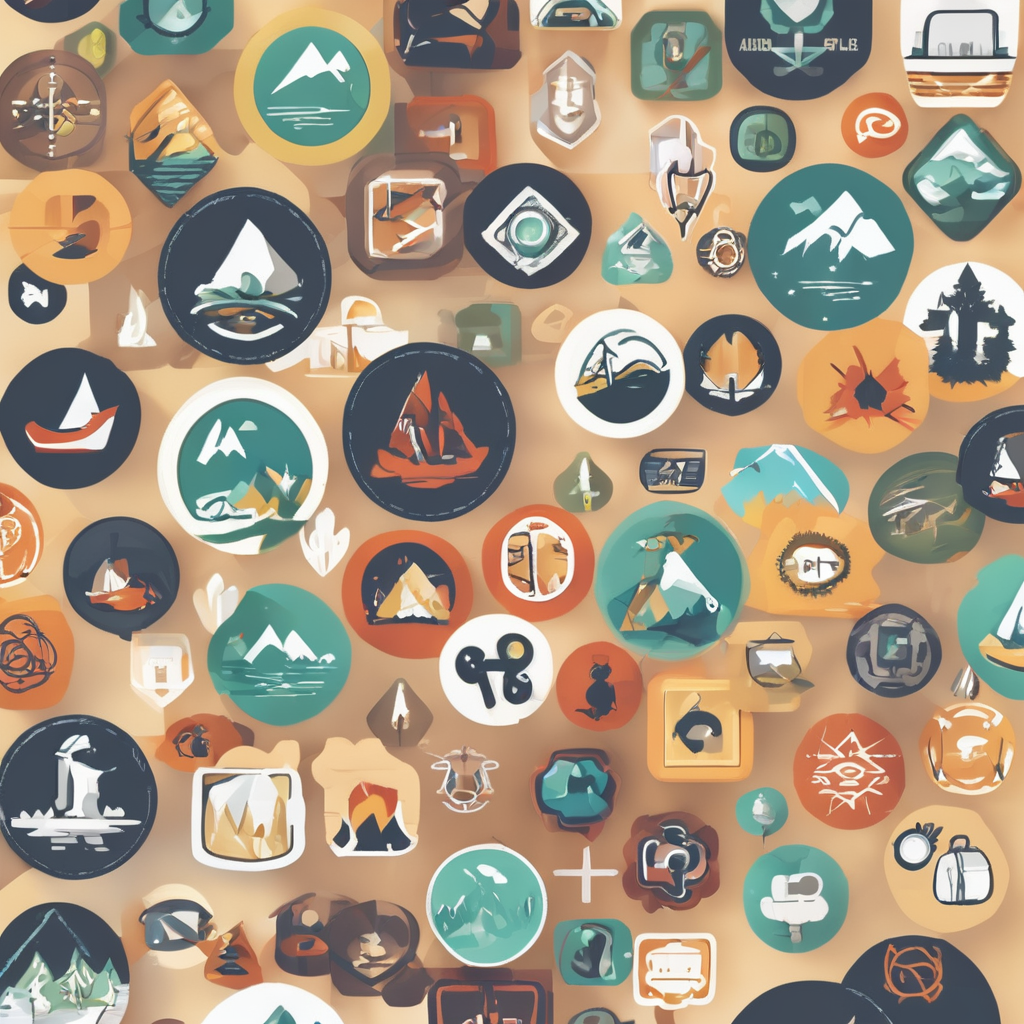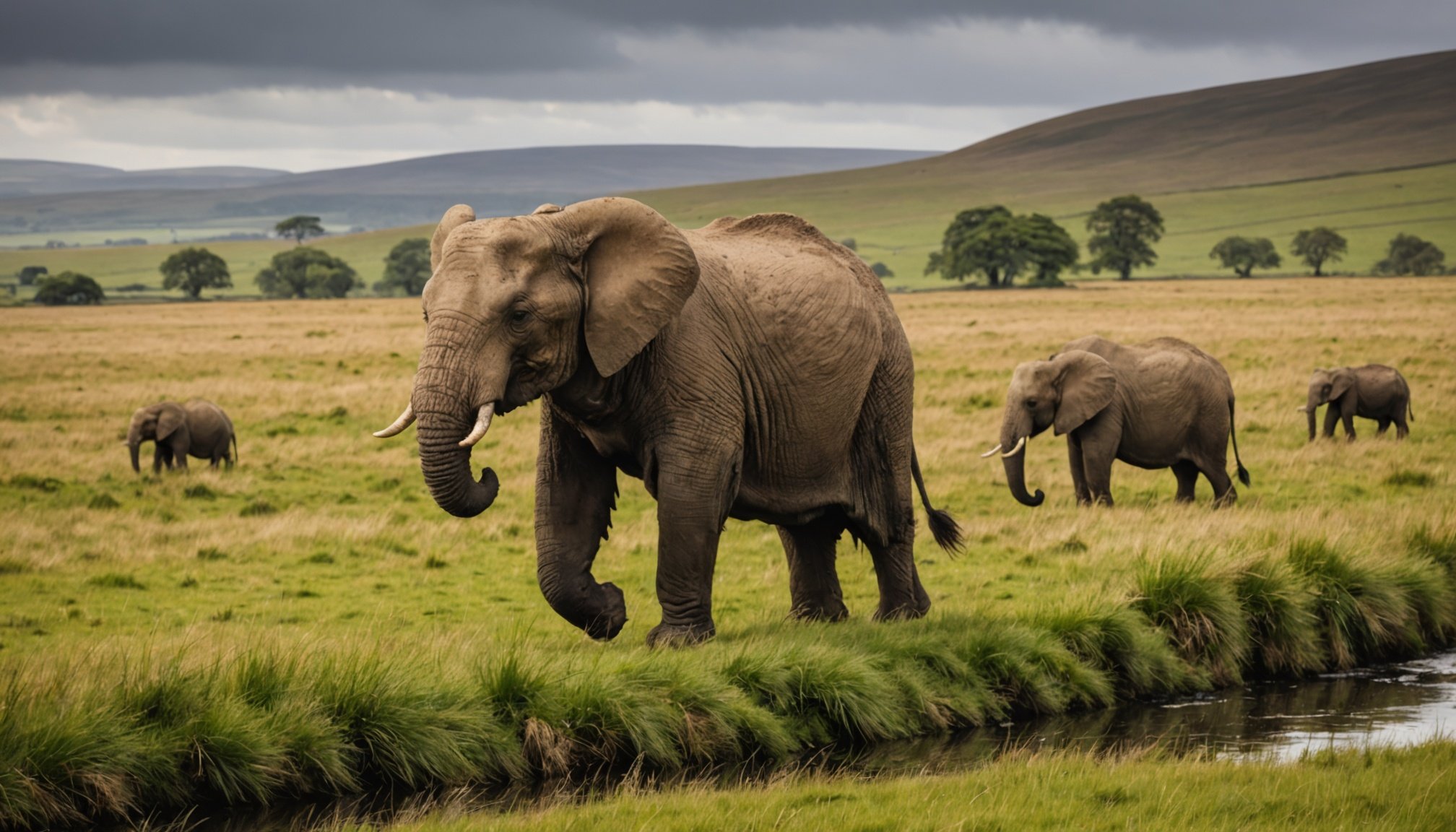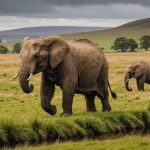Overview of Wildlife Photography Adventures in the UK
Embarking on wildlife photography tours in the UK offers enthusiasts a remarkable opportunity to capture the essence of British fauna. These guided adventures, led by knowledgeable experts, provide invaluable insights and increase the likelihood of capturing unforgettable moments. Unlike solo ventures, a skilled guide can broaden your understanding of animal behaviour, enhancing your photography skills.
The UK boasts an impressive array of diverse wildlife, from elusive red deer in Scotland to playful otters in Wales. Each region offers distinct habitats and unique species, making the UK a veritable playground for wildlife photographers. Engaging in these tours allows enthusiasts to explore varied landscapes and encounter rare subjects.
Topic to read : Discover the Rhythms: Your Comprehensive Guide to Experiencing a Highland Dance Workshop in Inverness
Such experiences demonstrate the importance of expert-led excursions. With a professional guide, you’ll navigate through marshlands, dense forests, and rugged coastlines, all while learning about the ecosystems that support various forms of wildlife. Each tour is tailored to maximise photographic opportunities, ensuring that each participant leaves with a portfolio of British wildlife moments.
Whether you are a seasoned photographer or a beginner eager to learn, the UK’s wildlife photography tours promise to enrich your understanding and enjoyment of wildlife photography.
Have you seen this : Ultimate guide to the best stargazing locations in the uk for an unmissable perseid meteor shower this summer!
Top Guided Wildlife Photography Tours in the UK
Joining UK photography excursions is a fantastic way to explore the country’s rich biodiversity through your lens. Whether capturing the misty landscapes of the Scottish Highlands or the enchanting forests of southern England, there are tailored tours to suit every wildlife photographer’s passion and skill level.
Tour 1: The Scottish Highlands
Renowned for its breathtaking scenery, this tour offers photographers the chance to capture iconic species like the red squirrel and the majestic golden eagle. The Scottish Highlands provide a stunning backdrop, complemented by expert guidance to ensure you don’t miss the perfect shot. Typical tours last around 3-5 days and are priced between £600-£1,200, depending on inclusions.
Tour 2: The New Forest
Offering a sanctuary for diverse wildlife, The New Forest is a haven for photographing fallow deer and various bird species. Guided adventures here often include educational insights into forest ecosystems. Expect to spend about 2-3 days with costs ranging from £400 to £700 for a full experience.
Tour 3: Isle of Skye
Known for its rugged landscapes, Isle of Skye tours offer photographers the opportunity to shoot marine wildlife like seals and puffins, especially during spring. These excursions often last 4 days with prices generally set at £800 to £1,200.
Wildlife Species to Photograph
The UK is home to a fascinating array of wildlife species that attract photographers from all over the globe. Each region offers a unique collection of photography subjects catering to both amateurs and professionals.
Among the popular animal species, the red deer stands majestic in the Scottish Highlands, providing a classic and regal subject for photographers. Watch for these impressive creatures particularly during the autumn rutting season for spectacular photo opportunities. Meanwhile, the playful otters found in various parts of the UK, such as Scotland and Wales, offer excellent subjects, especially in undisturbed, serene rivers.
Seasonal changes play a pivotal role in wildlife visibility. Autumn, with its vibrant colours, enhances your photographs of animals like fallow deer and numerous woodland birds in locations such as the New Forest. Similarly, spring brings migratory birds and an abundance of wildlife activity on the Isle of Skye, where marine species like puffins thrive.
Timing is essential; dawn and dusk are prime hours for capturing wildlife movements and activities. With these times in mind, photographers can maximise their experiences and produce stunning captures of UK wildlife in its natural habitat.
Expert Tips for Wildlife Photography
Embarking on a wildlife photography journey requires the right mix of techniques and equipment. Essential gear includes a telephoto lens for close-ups without disturbing the wildlife and a sturdy tripod for stability. Additionally, having a good-quality camera body will make a significant difference in capturing vivid details, especially in low-light conditions.
For capturing wildlife in action, understanding animal behaviour is crucial. Patience is your best tool, especially when waiting for the right moment or a specific animal action. Setting your camera to continuous shooting mode allows you to take multiple frames quickly, increasing the chances of getting the perfect shot.
Ethical wildlife photography must be at the forefront of your mind. Always maintain a respectful distance from the animals and never interfere with their natural habitat or behaviour. This approach not only protects wildlife but also enriches the authenticity of your photography.
In the UK, the diverse landscapes offer multiple opportunities, from dense forests to coastal regions. To make the most of the light, plan shoots around dawn or dusk when the wildlife is most active. These expert tips ensure a responsible and rewarding photography adventure.
User Testimonials and Experiences
Exploring wildlife photography tours through the customer reviews provides a window into real experiences and the impact of guided tours. Reviews often highlight how wildlife photography experiences enhance skills, affirming that the guidance of knowledgeable experts can inspire confidence and creativity.
Enthusiastic photographers frequently share how a guided tour improved their ability to capture remarkable moments, emphasizing the value of detailed instruction and tour feedback. Many participants recount how identifying and understanding animal behaviour turned into clearer and more compelling imagery.
Furthermore, feedback often mentions a significant impact on personal photography skills. Learning to adapt to different weather conditions or terrains by following experienced leaders often results in a noticeable improvement in their photographic results.
According to testimonials, tailored tours provide opportunities to photograph elusive species, which might remain hidden to the untrained eye. Participants often recommend choosing tours that cater to your specific interests and skill level. These insights assist future photographers in selecting experiences that can profoundly enhance their wildlife photography journey.
Therefore, engaging with previous tour-goers’ experiences is a vital step in preparing for your own successful wildlife photography adventure.
Practical Information for Travelers
Preparing for wildlife photography tours in the UK involves careful planning to ensure a seamless experience. Prior to the trip, familiarise yourself with the travel guidelines related to your destination. Be aware of seasonal conditions as these can impact accessibility to certain wildlife areas.
Booking in advance is advisable. Many photography tours offer detailed schedules and limited slots, so securing your place early can be crucial. Investigate different booking information to find a tour that matches your interests and availability.
When arranging accommodations, choose locations near the starting point of your tour to reduce travel time. Some excursions may offer package deals that include lodging, providing convenience and often better rates.
For transportation, consider renting a car if the tour is self-guided. Public transport is also a viable option in many areas, though not all wildlife sites may be easily accessible without a vehicle.
Remember to pack essentials for your wildlife photography adventure. Ensure your photography gear is in good condition and bring protective clothing for various weather conditions. Basic items, like a first aid kit and sturdy boots, are essential for safety and comfort.




